Why Does My Cat Have a Shorter Tail?
For cats, having a shorter tail is a result of a mutation in the gene that codes for the protein tyrosine. This mutation causes the production of melanin, the pigment that gives hair and skin their color, to be reduced.
The mutation is recessive, which means that a cat must inherit two copies of the mutated gene to have a shortened tail. The length of a cat’s tail depends on its breed, like Manx cats. They are born without a tail or have a very short tail.
Some cats are born with shorter tails due to a genetic mutation. This is a natural mutation and it is not a defect. Or a cat may have a shorter tail is because the cat may have been born with a birth defect that caused the tail to be shortened.
Besides, a cat may have had its tail injured or amputated due to an accident or illness. If you are willing to learn more about why your cat has a shorter tail then check the article below.
Related Blog:
What Is the Average Length of a Cat Tail?
A cat’s tail is not just a decoration – it has a very important function. Cat’s tail can vary depending on the breed of the cat.
However, according to the Cat Fanciers Association, the average length of a cat’s tail ranges from 6 to 8.5 inches.

Tail length is not a reliable indicator of a cat’s age, health, or breed, but it can be a helpful way to distinguish between different types of cats.
For example, the Manx breed of cat is known for its short, stubby tails, while the Maine Coon breed is known for its long, bushy tails.
Do Cats with Shorter Tails Have Problems?
Some people believe that cats with shorter tails have problems. This is not true. Cats with shorter tails have just as much of a chance to lead happy, healthy lives as cats with long tails.
A study published in the journal “PLoS One” in 2016 found that cats with shorter tails were more agile and had better balance than cats with long tails.
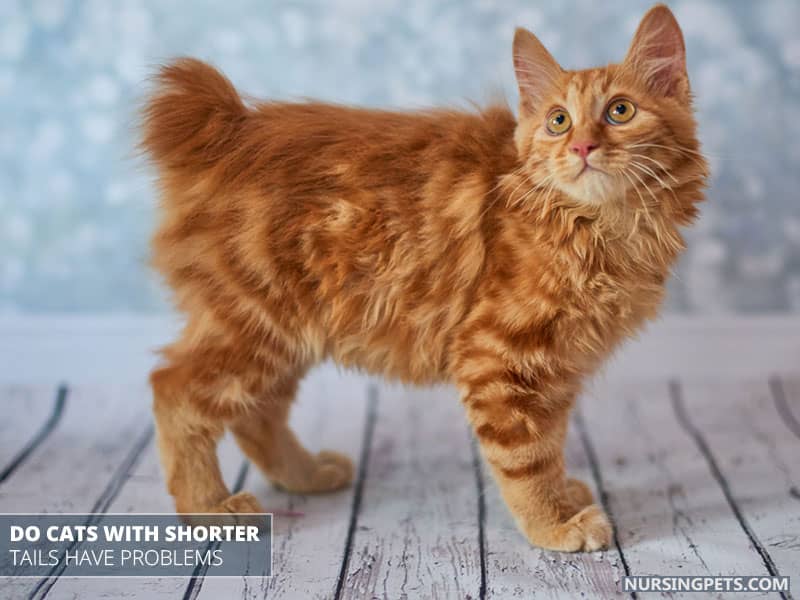
There are a few myths about cats with shorter tails. Like that, they have more health problems and they are less able to hunt and catch prey.
The truth is that there is no difference between cats with short or long tails when it comes to their health or hunting abilities.
In conclusion, cats with shorter tails do not have any more problems than cats with long tails. They are just as healthy and able to hunt and catch prey. There is no reason to believe that cats with shorter tails have any problems at all.
Can A Cat Lose Its Tail?
Yes, a cat can lose its tail. A cat’s tail is delicate and can easily be injured. If a cat’s tail is injured, it may fall off.
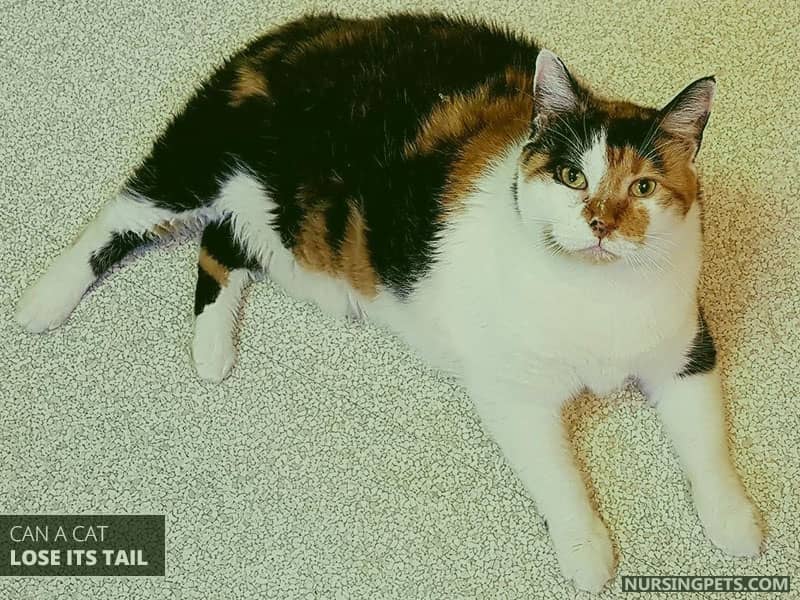
Some cats are born without tails, some have their tails amputated due to injury, and others may lose their tails due to other reasons. In most cases, a cat can lose its tail and live a full, healthy life.
Which Cat Breeds Have Shorter Tails?
Different cat breeds, and while they all have different looks and personalities, they also have different tail lengths. Siamese cats, for example, have very short tails, while Maine Coon cats have long, bushy tails.
The length of a cat’s tail is determined by its genes. Sometimes the length of a cat’s tail can be affected by its environment.
For example, if a cat lives in a cold climate, its tail may be shorter than a cat that lives in a warm climate, as the cat’s tail may be used to keep itself warm. The following are some of the most common cat breeds with shorter tails:
1. American Bobtail
The American bobtail is a breed of domestic cat. It was first bred in the early 1960s by crossing a short-tailed female domestic cat with a male wild bobcat from the Arizona desert.
And this breed was developed to create a domestic cat with the look and hunting skills of a wild bobcat.
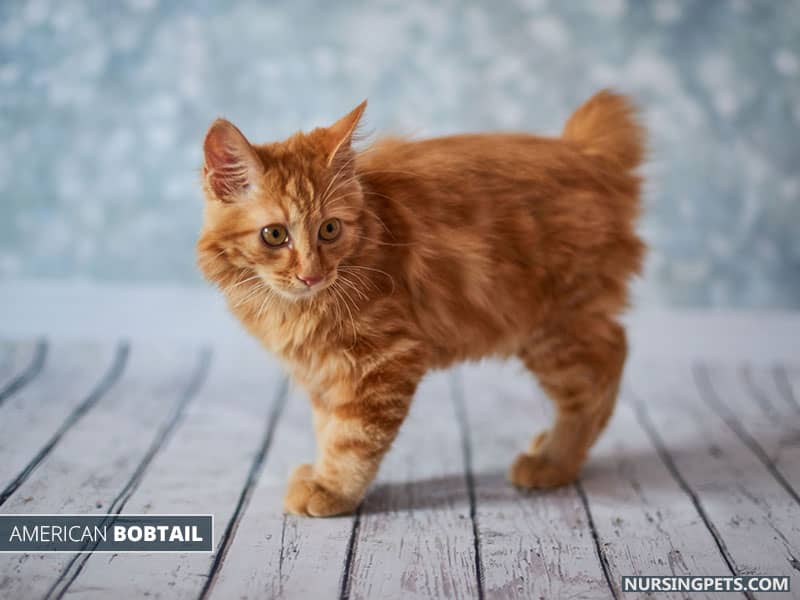
Moreover, the American bobtail is a medium-sized cat that typically weighs between 8 and 12 pounds. This breed has a short, stubby tail that is typically about one-third the length of a normal cat’s tail.
Also, their coat is typically short and thick and comes in a variety of colors and patterns. They are a very active, playful breed, and make good companions for children and other pets. They typically live 12-15 years.
2. American Lynx
The American Lynx (Lynx Canadensis) is a medium-sized wild cat of North America. It ranges in size from about 40 to 70 pounds and has a short, bobbed tail. The coat is typically reddish-brown, with black markings on the face and tail.
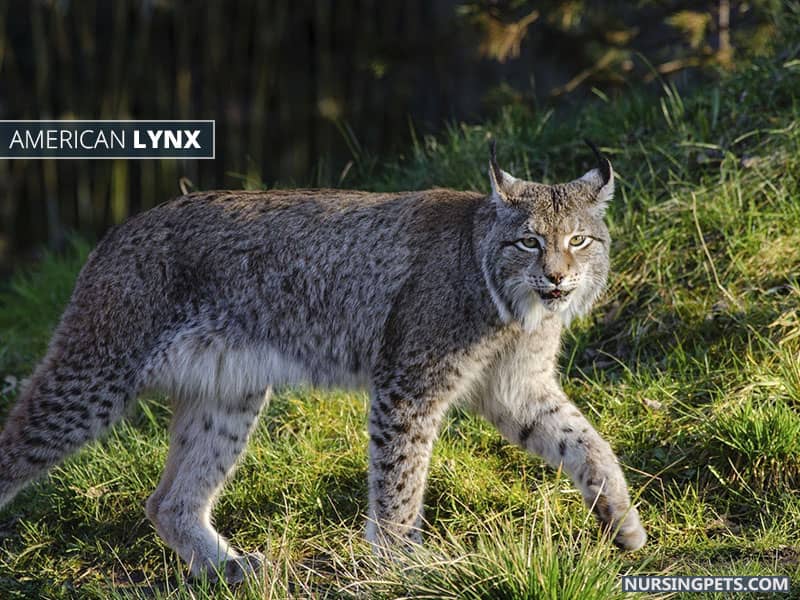
The American Lynx is found in forested areas across North America, from Canada to Mexico. It is listed as a “threatened” species by the IUCN, due to habitat loss and hunting.
3. Desert Lynx
The desert lynx is the smallest wild cat in the United States. It is about the size of a house cat, with a long, slender body, short legs, and a bobbed tail. The fur is light brown to gray, with black spots on the back and sides.
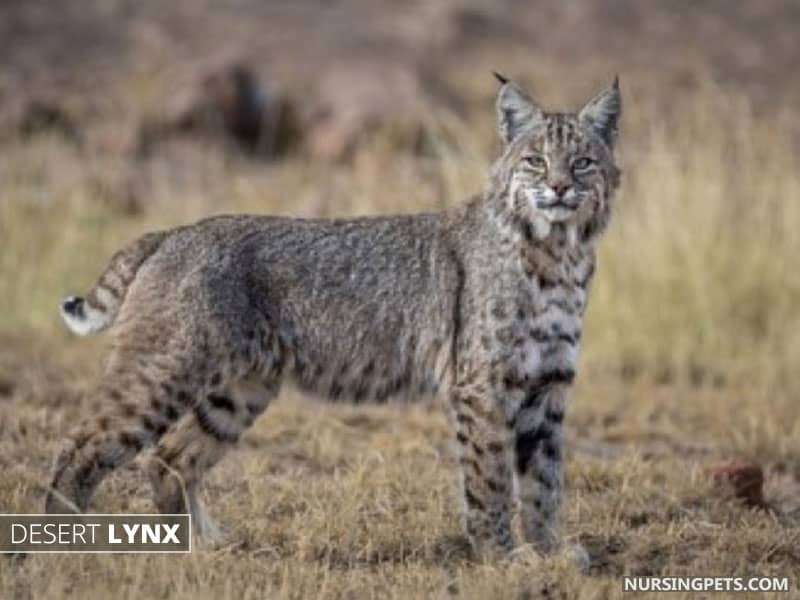
In fact, this breed is found in the deserts of the southwestern United States and northern Mexico.
Furthermore, the desert lynx is a solitary animal that hunts small prey such as rabbits, rodents, and birds. It is a good climber and often hunts in trees. It is also a good swimmer and has been known to swim across rivers.
4. Manx Cat
The Manx breed originated on the Isle of Man, where it is thought to have been bred from the tailless cats that lived there since the time of the Celts.
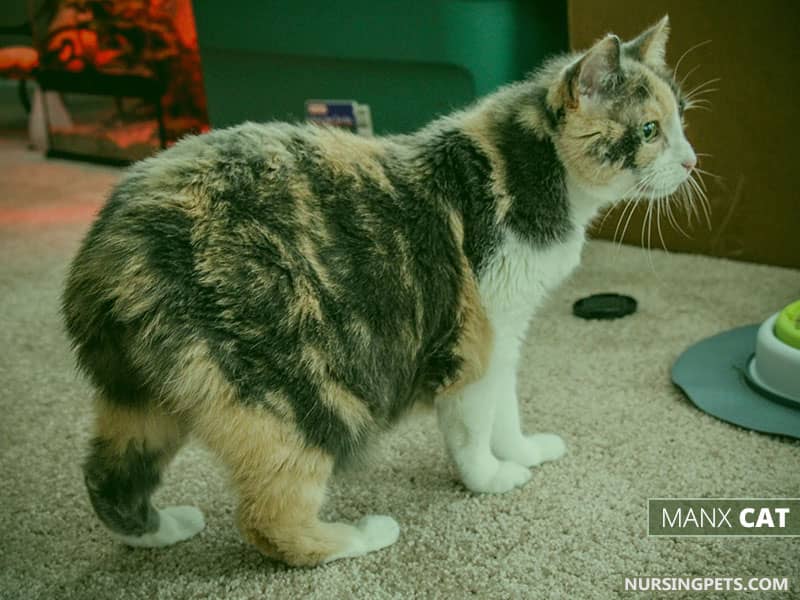
Manx cats are considered to be healthy and hardy, and come in all colors and patterns. They are a medium-sized breed, with males typically weighing 7-10 pounds and females weighing 6-8 pounds.
5. Cymric Cat
The Cymric is a breed of domestic cat that is closely related to the Welsh Mountain Cat. They are considered a rare breed and are only found in the United Kingdom.
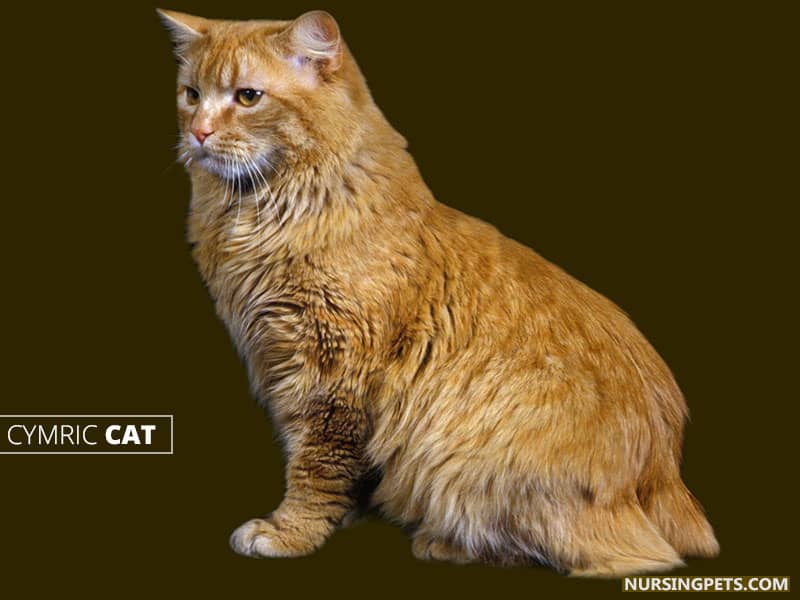
Cymric are medium-sized cats that are typically 12-16 pounds. They have a long, thick coat that can be any color or pattern, but is most commonly black, blue, or tabby.
Every Cymric cat is not completely tailless. They have a sturdy build and are often described as being “stocky”.
6. Highlander Cat
The Highlander is a breed of cat that is known for its long hair, large size, and naturally occurring short tail. This breed is believed to have originated in the Scottish Highlands, hence the name.
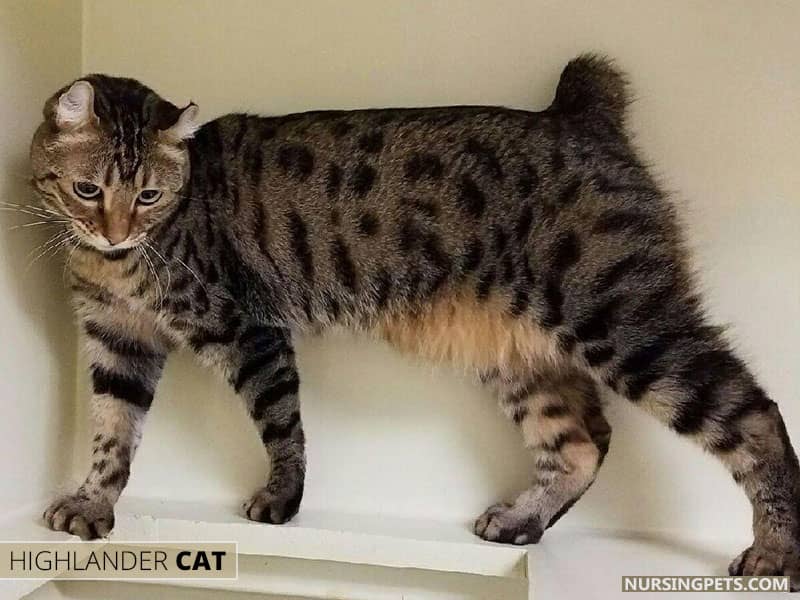
Highlanders are typically large cats, with males averaging around 20 pounds and females averaging around 16 pounds. They have long, thick fur that can be any color but is most often black-tabby, or calico.
7. Pixie-bobcat
The Pixie-bobcat is a breed of domestic cat that is a cross between a bobcat and a domestic cat. The breed was developed in the United States during the 1990s. The Pixie-bobcat is the largest of the domestic breeds of cats.
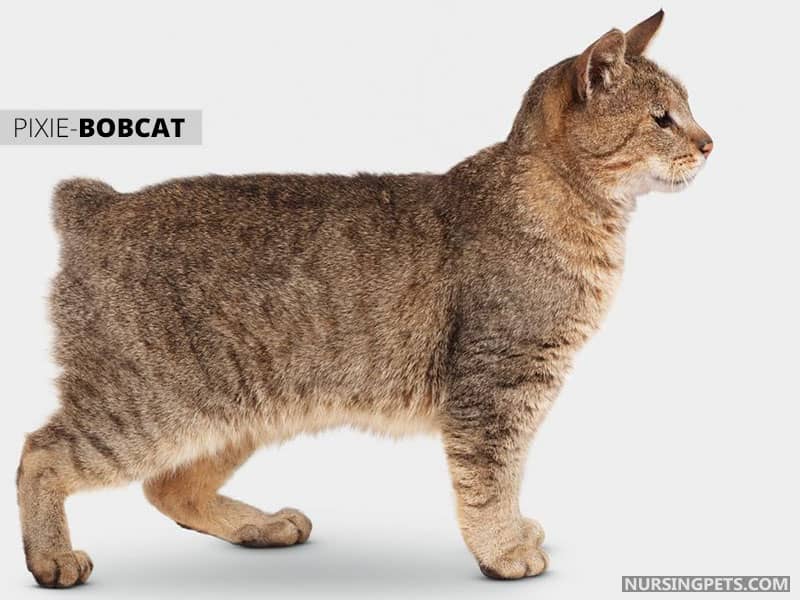
They are a muscular breed with a broad chest and a short, thick tail. They have a round head with high cheekbones and a muzzle that is tapered. They come in a variety of colors, but the most common are brown, black, and tabby.
8. Japanese Bobtail
The Japanese bobtail is a breed of domestic cat. It is a short-haired, sprightly cat with a bobbed tail. The breed has been around for centuries in Japan and is considered a national treasure.
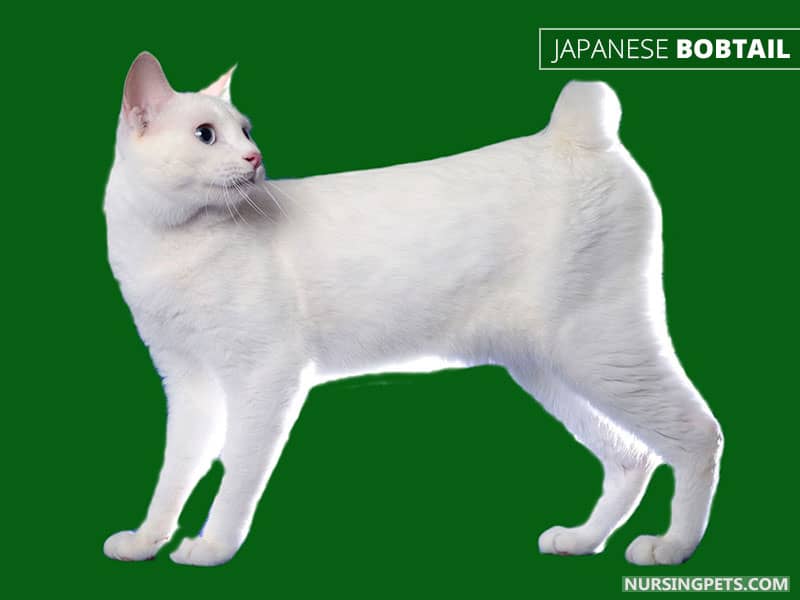
These medium-sized cats typically weigh between 6 and 10 pounds. They have a short, sleek coat that can be any color or pattern. They are known for their bobbed tail, which is about half the length of a normal cat’s tail.
9. Mekong Bobtail
The Mekong Bobtail is a breed of a domestic cat named after the Mekong River in Southeast Asia. This breed is considered to be a natural breed, meaning that it is not the result of selective breeding.
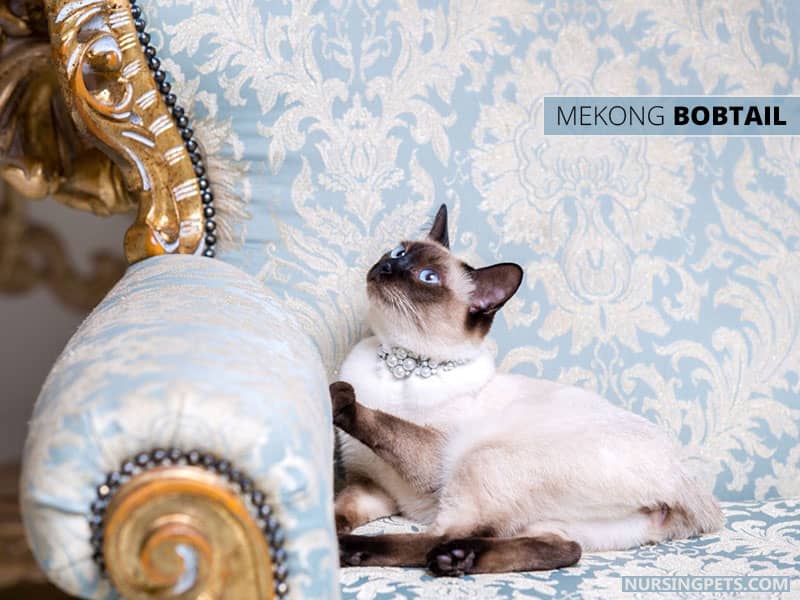
The medium-sized cat is known for its short, stubby tail. This breed is also known for its distinctive coat pattern, which is a combination of tabby and spotted markings. This healthy breed comes with a lifespan of around 15 years.
10. Kurilian Bobtail
The Kurilian Bobtail is a breed of domestic cat that is found in Russia. The breed is named after the Kuril Islands located in the Sea of Okhotsk. This is a natural breed that is thought to have originated in the Kamchatka Peninsula.
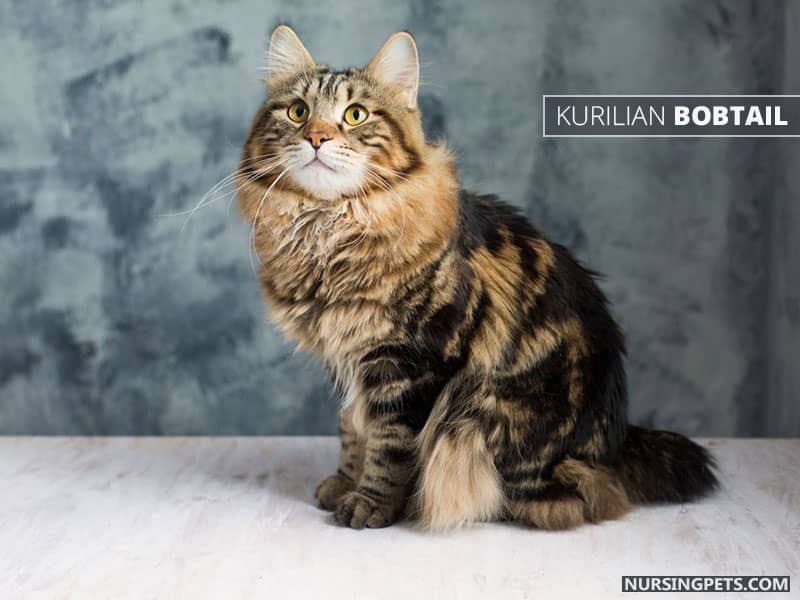
The breed is thought to be a descendant of the Japanese Bobtail. It is a medium-sized cat that is typically muscular and has a short tail.
The breed has a variety of coat colors, including black, blue, brown, cream, red, and white. It is a friendly and outgoing breed that is known for its playful personality.
11. Karelian Bobtail
The Karelian Bobtail is a breed of cat indigenous to the Karelian Isthmus region of Russia. It is a small, sturdy cat with a short, bobbed tail. The coat is short and dense, and can be any color, but is most commonly black, white, or tabby.
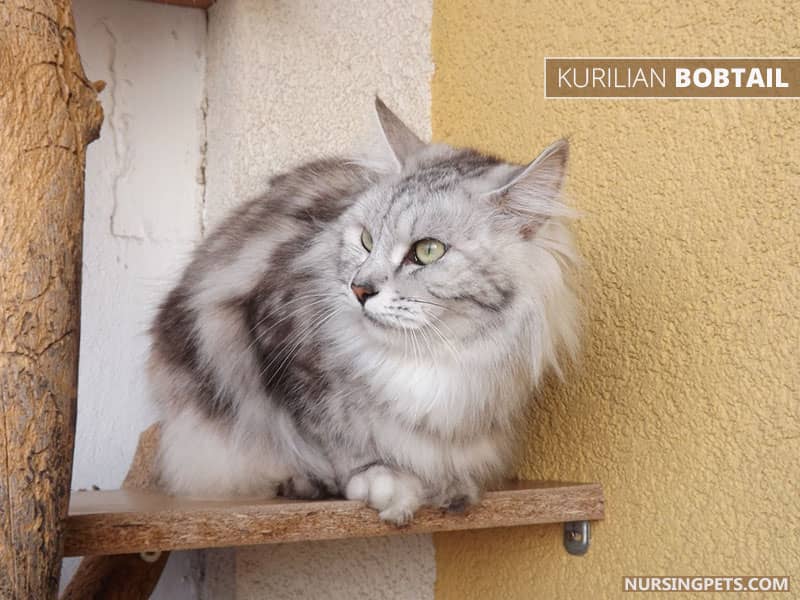
The Karelian Bobtail is a friendly, playful cat that is good with children and other pets. It is a hardy breed that is resistant to disease and is known for its longevity.
Final Words
The shortened tail of a cat is most likely due to a genetic mutation. This mutation can be passed down from one generation to the next, resulting in cats with shorter tails. If you have a short-tailed cat, don’t worry! It’s normal.
If you notice that your cat’s tail is shorter than usual, be sure to take him to the vet for a check-up. Comment down below if you still have any queries regarding cats and their short tails.
Image Sources:
- Istockphoto.com
- Gettyimages.com
- Shutterstock.com
- Commons.wikimedia.org
- Pixabay.com
- Flickr.com
- Rawpixel.com

